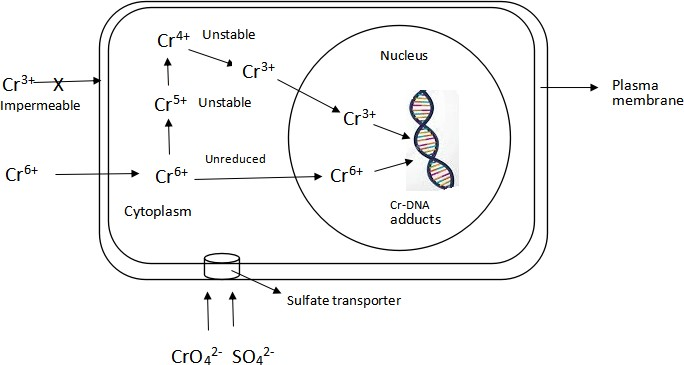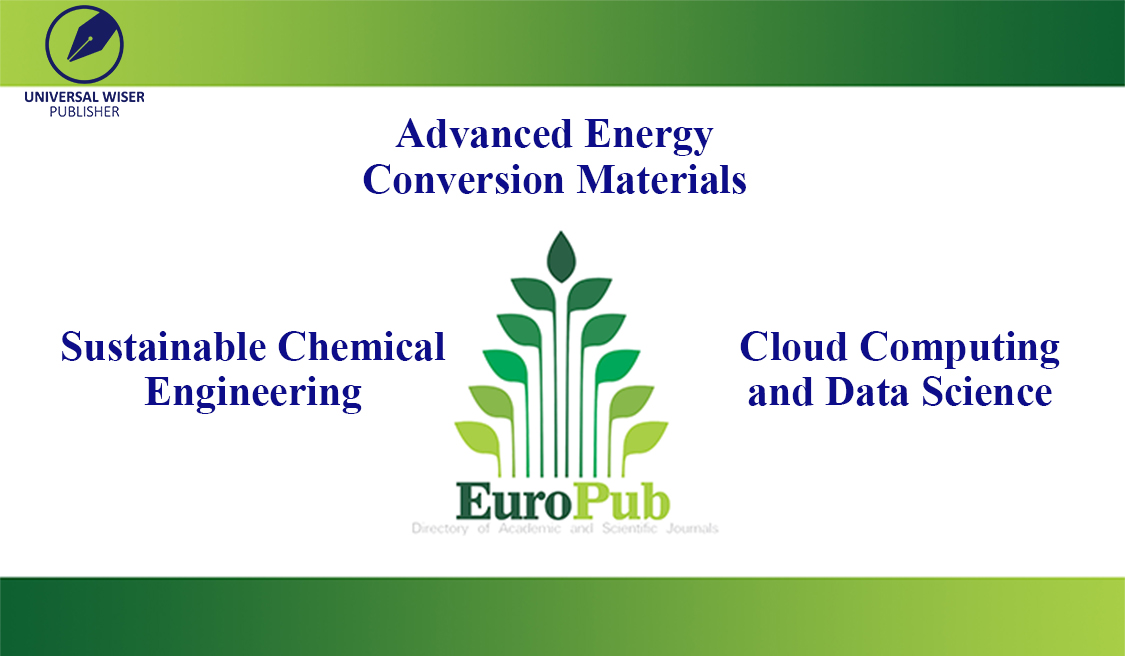


Heavy metal pollution from the growing industrialization are a significant cause of environmental concern.Chromium (Cr) is commonly used in the production of stainless steel, textile dyeing, electroplating, as nuclear coolants and largely in chrome tanning of hides and skins. About 90% of leather is produced by chrome tanning and the leather industry contributes to an overload of Cr toxicity in tannery effluents. Accumulation of Cr6+ is carcinogenic, genotoxic and teratogenic to organisms. Biological methods are ‘green’ approaches for chromium bioremediation and microorganisms are the desired candidates for pollution abatement. Microbial chromate reduction is mediated by chromate reductases (ChrRs) which may be expressed constitutively or inducibly. ChrRs have been produced by a number of bacteria, fungi and yeasts and may be extracellular or localized in the membrane or cytosol. ChrRs are dependent on electron donors such as reduced Nicotinamide adenine dinucleotide (NADH) or reduced Nicotinamide adenine dinucleotide phosphate (NADPH) or reduced Glutathione (GSH) as cofactors. In chromate reduction by ChrRs, Cr6+ undergo one electron transfer to produce an unstable Cr5+ radical that is converted to stable and less toxic Cr3+. Putative ChrR genomic sequences have been studied with 99% sequence similarity in Gram negative bacteria. ChrRs are valuable resources in different environments for chromate reduction. This review is to discuss the expression and characteristics of ChrRs and their mechanisms in reduction of Cr6+ toxicity in order to provide a comprehensive understanding of this novel class of enzymes for promisingapplications in Cr bioremediation.

Scheduled Server Maintenance and System Downtime Notice Dec 16, 2025

Celebrating CM Editorial Board Members Recognized in the Wor... Oct 10, 2025

Food Science and Engineering Now Indexed in CAS Database Aug 20, 2025

Contemporary Mathematics Achieves Significant Milestone in 2... Jun 19, 2025

Three Journals under Universal Wiser Publisher are Newly Ind... Apr 21, 2025